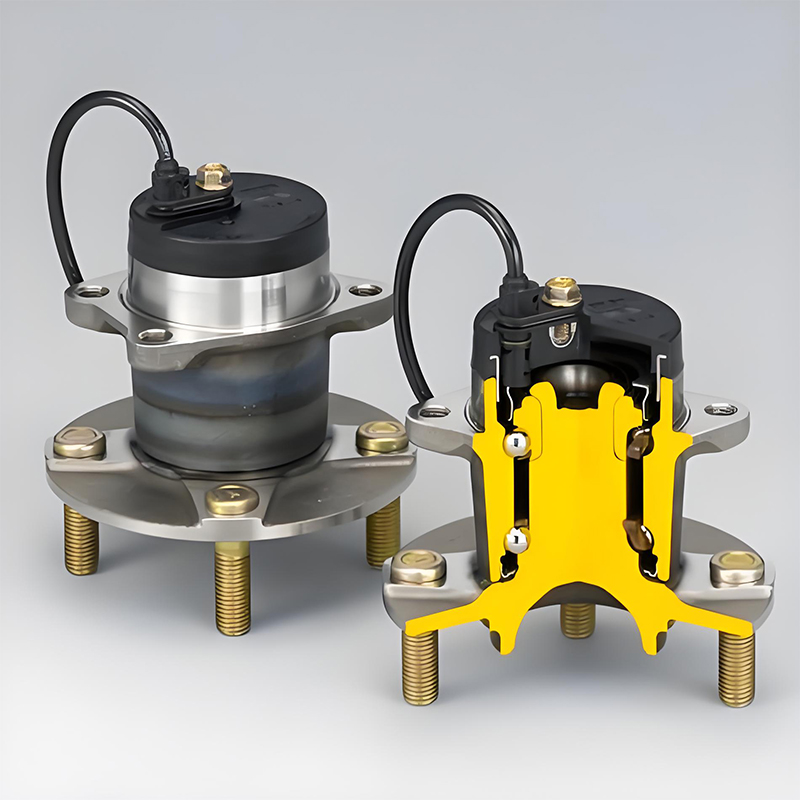The wheel hub bearing should be replaced every 100,000 kilometers. The quality of the wheel bearing needs to be evaluated by considering factors such as the bearing's own quality, the vehicle's driving conditions, the mileage traveled, and the magnitude of the load. Generally speaking, the lifespan of a car wheel bearing can exceed 100,000 kilometers.

I. The phenomena that occur when the automotive wheel hub bearing is damaged are as follows:
1. After increasing the vehicle speed (when the buzzing sound is relatively loud), put the gear in neutral and let the vehicle coast, and observe whether the noise comes from the engine. If the buzzing sound does not change when coasting in neutral, most likely there is a problem with the wheel bearing.
2. Make a temporary stop and get out of the vehicle to check whether the temperature of the wheel axle is normal. The method is as follows: Touch the four wheel hubs with your hands respectively and roughly feel whether their temperatures are consistent (when the clearance of the brake shoes and pads is normal, there is a difference in temperature between the front and rear wheels, and the temperature of the front wheels is higher). If the difference in temperature is not significant, you can continue to drive slowly to the maintenance station.
3. Lift the vehicle with a lift (release the parking brake and put the gear in neutral beforehand). When there is no lift, you can use a jack to lift the wheels one by one. Manually rotate the four wheels quickly respectively. When encountering a problematic axle, it will make a sound that is completely different from that of other axles. Using this method, it is easy to identify which axle has a problem.
II. How often should the wheel hub bearing be replaced?
The wheel hub bearing should be replaced every 100,000 kilometers. The quality of the wheel bearing needs to be considered in terms of the bearing's own quality, the vehicle's driving conditions, the mileage traveled, and the magnitude of the load value. Generally speaking, the lifespan of an automotive wheel bearing can exceed 100,000 kilometers.
The phenomena that occur when the automotive wheel hub bearing is damaged are as follows:
1. After increasing the vehicle speed (when the buzzing sound is relatively loud), put the gear in neutral and let the vehicle coast, and observe whether the noise comes from the engine. If the buzzing sound does not change when coasting in neutral, most likely there is a problem with the wheel bearing.
2. Make a temporary stop and get out of the vehicle to check whether the temperature of the wheel axle is normal. The method is as follows: Touch the four wheel hubs with your hands respectively and roughly feel whether their temperatures are consistent (when the clearance of the brake shoes and pads is normal, there is a difference in temperature between the front and rear wheels, and the temperature of the front wheels is higher). If the difference in temperature is not significant, you can continue to drive slowly to the maintenance station.
3. Lift the vehicle with a lift (release the parking brake and put the gear in neutral beforehand). When there is no lift, you can use a jack to lift the wheels one by one. Manually rotate the four wheels quickly respectively. When encountering a problematic axle, it will make a sound that is completely different from that of other axles. Using this method, it is easy to identify which axle has a problem.